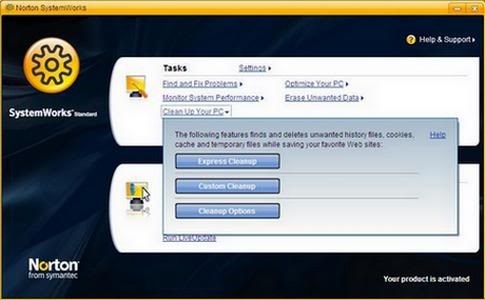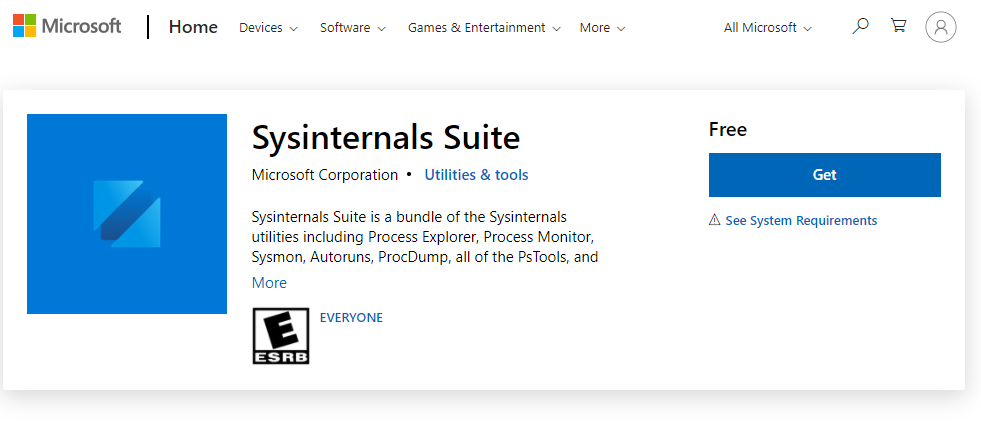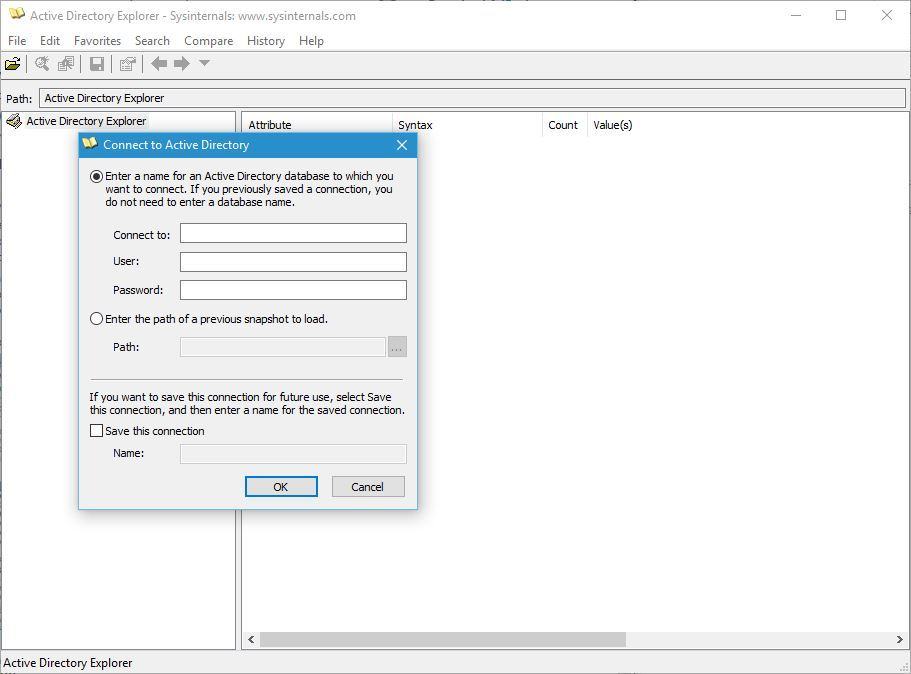

- Ntfs undelete sysinternals how to#
- Ntfs undelete sysinternals driver#
- Ntfs undelete sysinternals full#
- Ntfs undelete sysinternals software#
List all the DLLs that are currently loaded, including where they are loaded and their version numbers.

This handy command-line utility will show you what files are open by which processes, and much more.Ĭonvert hex numbers to decimal and vice versa.ĭump the contents of the Logical Disk Manager's on-disk database, which describes the partitioning of Windows 2000 Dynamic disks. A file's data remains allocated so long as at it has at least one file name referencing it.
Ntfs undelete sysinternals software#
This utility captures all hard disk activity or acts like a software disk activity light in your system tray.įindLinks reports the file index and any hard links (alternate file paths on the same volume) that exist for the specified file. This new utility enables you to create up to four virtual desktops and to use a tray interface or hotkeys to preview what’s on each desktop and easily switch between them.ĭisk2vhd simplifies the migration of physical systems into virtual machines (p2v). It allows for viewing and recording of debug session output on your local machine or across the Internet without an active debugger.
Ntfs undelete sysinternals how to#
Ctrl2cap also shows how to use NtDisplayString() to print messages to the initialization blue-screen.Īnother first from Sysinternals: This program intercepts calls made to DbgPrint by device drivers and OutputDebugString made by Win32 programs. Filtering at this level allows conversion and hiding of keys before NT even "sees" them.
Ntfs undelete sysinternals driver#
This is a kernel-mode driver that demonstrates keyboard input filtering just above the keyboard class driver in order to turn caps-locks into control keys. Wish you could quickly defragment your frequently used files? Use Contig to optimize individual files, or to create new files that are contiguous.Ĭoreinfo is a new command-line utility that shows you the mapping between logical processors and the physical processor, NUMA node, and socket on which they reside, as well as the cache’s assigned to each logical processor. View the resolution of the system clock, which is also the maximum timer resolution. This screen saver not only accurately simulates Blue Screens, but simulated reboots as well (complete with CHKDSK), and works on Windows NT 4, Windows 2000, Windows XP, Server 2003 and Windows 9x.ĬacheSet is a program that allows you to control the Cache Manager's working set size using functions provided by NT. This fully-configurable program automatically generates desktop backgrounds that include important information about the system including IP addresses, computer name, network adapters, and more.
Ntfs undelete sysinternals full#
Autoruns also shows you the full list of Registry and file locations where applications can configure auto-start settings. See what programs are configured to startup automatically when your system boots and you login. Undelete Server 2003 Active Directory objects. Use it to find holes in your permissions.Īctive Directory Explorer is an advanced Active Directory (AD) viewer and editor.Īn LDAP (Light-weight Directory Access Protocol) real-time monitoring tool aimed at troubleshooting Active Directory client applications.

This simple yet powerful security tool shows you who has what access to directories, files and Registry keys on your systems. The entire set of Sysinternals Utilities rolled up into a single download.ĪccessChk is a command-line tool for viewing the effective permissions on files, registry keys, services, processes, kernel objects, and more.


 0 kommentar(er)
0 kommentar(er)
